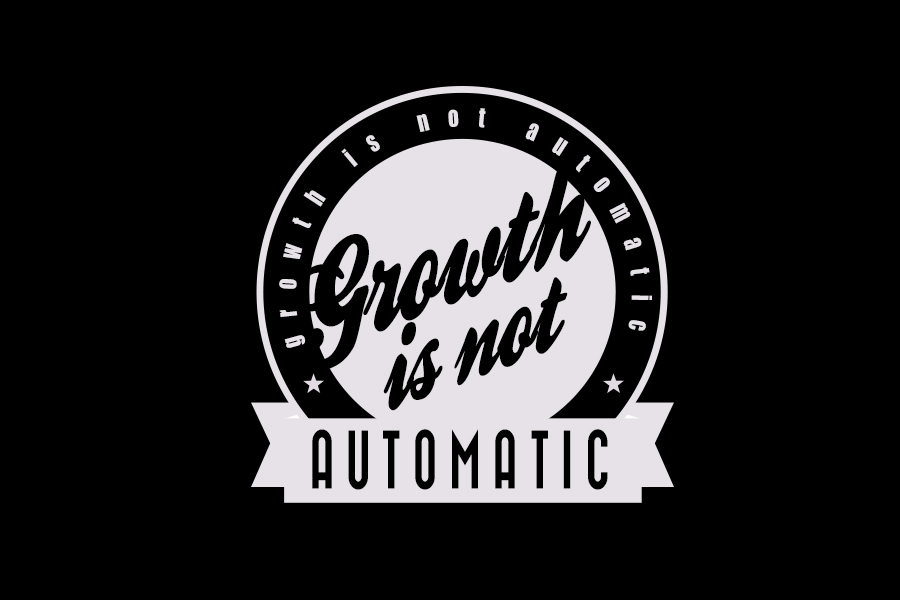 The success of every startup begins with the customer. No matter how well-written a business plan may be, you never know what will happen when your minimum viable product gets to the first customer. In fact, there’s a 50/50 chance that everything you planned for will change.
The success of every startup begins with the customer. No matter how well-written a business plan may be, you never know what will happen when your minimum viable product gets to the first customer. In fact, there’s a 50/50 chance that everything you planned for will change.
The Traditional Route
Basically, for the last 40 years or so, the usual path to a successful business starts with a business plan. You plot everything out in that plan, doing market research and 5 year forecasts, hoping that everything within that manifesto turns out right.
Then when everything is laid out in that plan. You start with product development. Whatever cool idea that you want for your product, you hand it over to the product development team – following the steps of waterfall development to get the product from idea to a real tangible product.
When the product is done. Typically, the marketing and sales team now enter the picture to do what they usually do – find a market, create awareness for the product and hopefully drive value.
Of course, what I’ve just mentioned is a pared down version of the process, but these are the usual key points for companies (and startups) in general.
Though this method works, but there is still a chance for failing.
With startups however, uncertainty is commonplace. Finding that perfect business model that works for your…With this method, the customer research is done prior to launch.
Start with Rule #1 – Start with the Customer
The problem is this, though most startup ideas are good, most startup success stories are attributed to answering a customer’s need – and it just so happened to be technology based. Think of ways on how you can offer Value Proposition. In short, What PROBLEM are you SOLVING? Technology is just a part of the solution, but more importantly, your customers are trying to solve a problem.
Needs are different from problems.
Remember that Your customers do not exist to buy, YOU exist for them.
Posted in Startup Growth, Startup Lessons, Startups
on January 31, 2014






